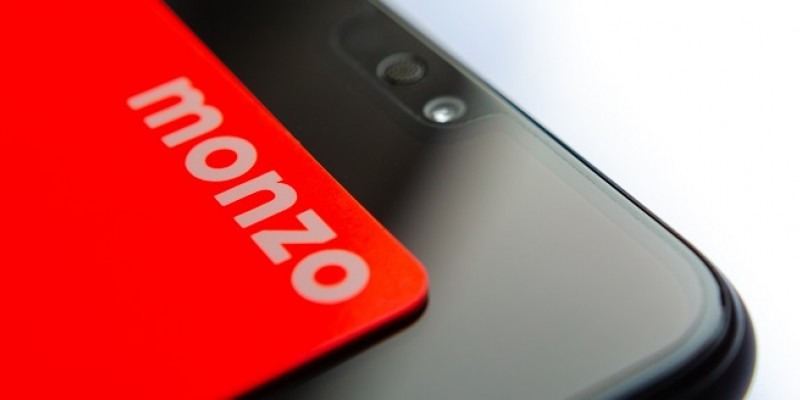
Design Thinking helps businesses to create user-centric products and services by discovering insights into user needs, applying these insights to their business model and generating innovative ideas.
In this five-part series, Sarah Dickins gives advice on how Design Thinking techniques can help you to orientate your product development around user need.
The first of this five-part series gives an overview of the Design Thinking approach to product development.
Monzo: Success by Design
Monzo is a user-centred bank, which is disrupting the banking sector using Design Thinking. Rather than taking cues from their competitors in the banking sector, Monzo takes inspiration from successful user-centred brands such as Netflix, Deliveroo and Airbnb to remove the ‘clutter’ of traditional banks and streamline their services to user needs.
Here is an example: panda-eyed and dazed, Sara forces herself to crawl out of bed. During last night’s celebrations it was all too easy to ignore the busy weekend ahead so strong coffee is needed, but - as she plunges the cafetière, she has a sinking feeling. She checks her bag, then remembers the frantic time spent looking for her purse the night before.
For Sara, the next few days is likely to involve cancelling multiple cards, waiting for replacements and potentially borrowing money from friends. She may even cancel her cards to find that a friend picked up the purse by mistake.
In Design Thinking we would identify this unfortunate scenario as a ‘pain point’.
The Monzo team take a Design Thinking approach to identifying ‘pain points’ such as: splitting the bill between friends; keeping tabs on spending; and losing and cancelling cards. Their features and services are then developed specifically with these needs in mind.
Monzo’s freeze feature allows users to rapidly freeze a card to give them time to properly search for it, before cancelling their card. So, for Sara – this would be really helpful.
There is evident customer-appeal to designing services and products like this. In its beta phase, Monzo accumulated 20,000 users with a waiting list of 150,000. Now it boasts 200,000 loyal users.
The Economic Impact of Design Thinking
In 2018, Forrester Consulting carried out independent research for IBM to determine the economic impact of their Design Thinking interventions. Their report found the following key benefits:
- 75% reduced design time
- 2x faster time-to-market
- 33% reduced development time
- 300% return on investment
Mckinsey’s 2018 report ‘the business value of design also highlights the benefits of Design Thinking, finding that user-centric, design-led companies outperform their competitors by up to two to one.
The Origins of Design Thinking
Design Thinking was first popularised in 1991 by Plattner and Kelley through their world-renowned product development agency, IDEO. It is still relatively young, with only around 15 years of widespread adoption.
The following five key stages create a framework for creative, non-linear, problem solving and experts in the field continually develop new tools within each of these stages, to suit different contexts. Content from David Kelly, IDEO, [International Design & Consulting firm]
Content from David Kelly, IDEO, [International Design & Consulting firm]
Here’s how these phases tend to look ‘on the ground’:
- Discovery: Semi-structured interviews and observations with users, to find user needs.
- Interpretation: Maps of the key learnings, to turn observations into inspiration.
- Ideation: Creative workshop with the team, to turn inspiration into ideas.
- Experimentation: Simple prototypes of selected ideas, to test with users.
- Evolution: This stage of the approach varies for each individual project.
For projects with a wide scope or for complex behavioural challenges Evolution will involve one or more loop(s) of the process to help to resolve the concept better.
For more simple challenges progress will take a more linear path towards production.
In the next four parts of this weekly series, Sarah runs through the other elements of the process with tips and tools to help you to implement a simple form of Design Thinking in your business.
About the author
Sarah Dickins, Business West’s design innovation specialist, has over the past five years worked with established R&D teams in companies such as Sony Electronics, Unilever and Walgreens Boots Alliance, helping them to innovate and create new products.
More in the series:
Read Part 2: Why You Should Begin Every Project With Discovery: Design Thinking for Innovation
Read Part 3: The Interpretation Game: Design Thinking for Innovation
Read Part 4: How to have great ideas: Design Thinking for Innovation
Read Part 5: How to fail fast: Design Thinking for Innovation
- Log in to post comments
